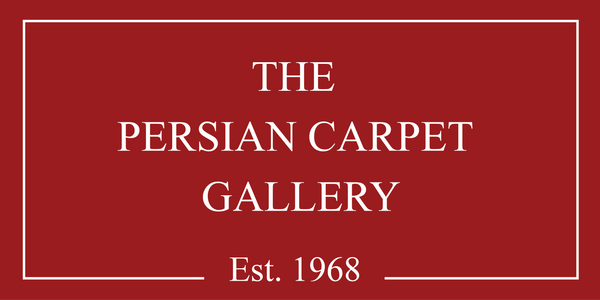Unsure about purchasing a rug online? Try it at home for FREE!
We understand that choosing the perfect carpet from just the images can be challenging. If you're unsure about your choice, simply send the SKU or the link of the carpet to info@pcgaustralia.com or call 1800 2000 28 and we'll make things easier for you with a free home trial Australia-Wide.
Description
Persian Tabriz Antique
Stock No: PE-500-000169
Size(m): 4.00×3.00
This is an extraordinary handmade rug from Tabriz. It is made out of wool, and it is a large rug measuring 4 by 3 meters. The interesting thing about this rug is that when you look at it, your first impression is one of an all-over pattern carpet. It's only on closer examination that you see that there is a central motif, albeit very small. And that's the interesting thing about this carpet. That central motif expands out.
It's as if it has a cross shape that it is conforming to. And at the end of each of the limbs, north, south, east, and west, there is a depiction of a palmer, a flower of sorts.
From that flower, the head of the flower, there are further vines moving into the field of the carpet, which then becomes an extraordinary combination of flowers and vines and motifs. So, is there an argument? Is this a central motif carpet or an all-over design carpet? It really doesn't matter, does it? Because it is beautiful.
What is curious is that there are also depictions of animals. And relative to the size of the flowers, these animals are quite small, in particular the lions, because they are very powerful.
The base color of the field is brown. The colors, generally, of the carpet, are those warm, rich, ground-earthy colours.
In Persian rugs, the color brown, along with autumnal hues, carries specific significance and symbolism:
- Autumn Symbolism:Autumn colors, including various shades of brown, evoke a sense of warmth, richness, and maturity. These hues often represent the changing seasons and the cycle of life. Brown, in particular, is associated with the falling leaves and the earthy tones prevalent during the autumn months.
- Connection to Nature: Brown is a natural color associated with the earth, soil, and nature. In Persian rug designs, it can symbolize a deep connection to the environment and the cycles of growth and decay.
- Timelessness and Tradition:The use of brown and autumn colors in Persian rugs reflects a commitment to tradition and timeless aesthetics. These colors have been employed for centuries, emphasizing the enduring beauty of Persian rug craftsmanship.
- Warmth and Coziness:Brown tones contribute to a sense of warmth and coziness in a rug. This can make a space feel inviting and comfortable, enhancing the overall ambiance of a room.
- Symbol of Stability:Brown is often perceived as a stable and grounding color. When used in Persian rugs, it may symbolize stability, strength, and a connection to one's roots.
Ultimately, the significance of brown and autumn colors in Persian rugs lies in their ability to convey a range of emotions, cultural connections, and a deep appreciation for the natural world. The careful selection and blending of these colors contribute to the overall narrative and visual impact of the rug's design.
Yet there is a great deal of evidence that we are in spring because of the flowers.
The carpet itself has very well-defined, straight, geometric inner guard borders. But when you move out of those borders towards the outer perimeter of the carpet, there is no solid color. There is just a combination of motifs and the introduction of lighter colors and the more vivid appearance of green tones in the carpet.
This is a magnificent carpet that looks sensational when looking at it as a big picture because it is also well-harmonized. The importance of the colors are obvious. There is a combination of spring but also a reminder of autumn in that brown is definitely an autumn color.
The carpet itself would look magnificent in many settings and should be purchased with complete confidence that it will give the lucky owner much pleasure and will also provide enormous pleasure for generations yet to come.




